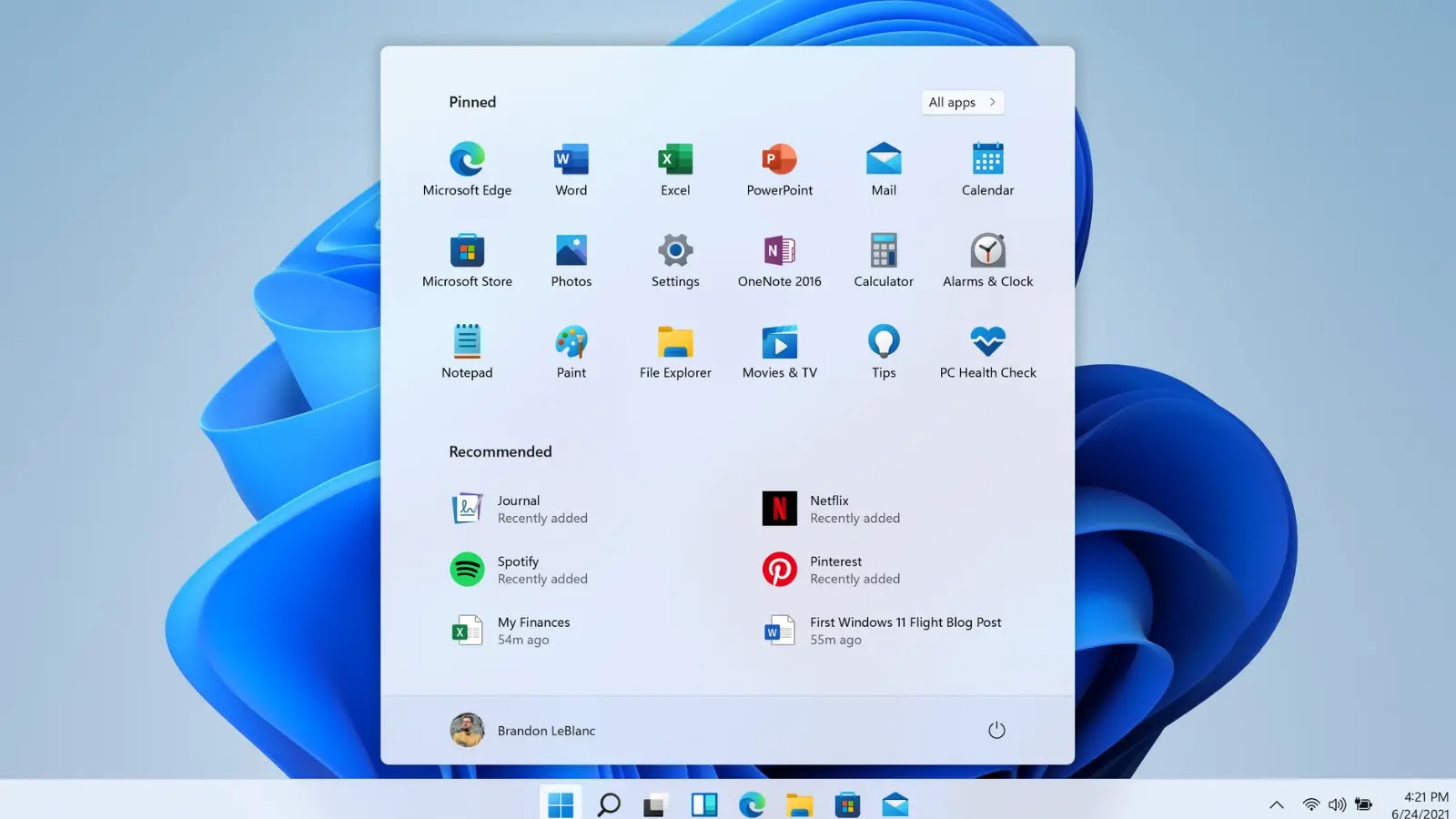A critical vulnerability has been identified in modern Linux distributions, allowing attackers with brief physical access to bypass Secure Boot protections by manipulating the Initial RAM Filesystem (initramfs). This exploit leverages debug shells accessible during boot failures, enabling the injection of persistent malware that survives system reboots and maintains access even after users enter correct passwords for encrypted partitions.
Understanding the Vulnerability
The vulnerability centers on the initramfs, a crucial component in the Linux boot process responsible for decrypting root partitions. Unlike kernel images and modules, the initramfs is typically unsigned, creating a potential security gap. When users enter incorrect passwords multiple times for encrypted root partitions, many distributions automatically drop into a debug shell after a timeout period. This debug shell provides an opportunity for attackers to exploit the system.
Attack Methodology
An attacker with physical access can utilize the debug shell to mount external USB drives containing specialized tools and scripts. The attack involves unpacking the initramfs using the `unmkinitramfs` command, injecting malicious hooks into the `scripts/local-bottom/` directory, and repacking the modified initramfs. A key script demonstrated in research includes:
“`bash
#!/bin/sh
PREREQ=
prereqs() { echo $PREREQ; }
case $1 in
prereqs)
prereqs
exit 0
;;
esac
. /usr/share/initramfs-tools/hook-functions
# Insert malicious code here
“`
This malicious hook executes after root partition decryption, remounting the filesystem as read-write and establishing persistent access. The attack circumvents traditional protections because it follows the regular boot sequence and doesn’t modify signed kernel components.
Distribution Susceptibility
Testing across multiple distributions revealed varying degrees of susceptibility:
– Ubuntu 25.04: Requires only three incorrect password attempts before granting debug shell access.
– Debian 12: Can be triggered by holding the RETURN key for approximately one minute.
– Fedora 42 and AlmaLinux 10: Present unique challenges as their default initramfs lacks the `usb_storage` kernel module. However, attackers can circumvent this by triggering reboots using Ctrl+Alt+Delete and selecting rescue entries.
– OpenSUSE Tumbleweed: Appears immune to this attack vector due to its default boot partition encryption implementation.
This vulnerability represents an evil maid attack scenario, requiring temporary physical access to compromised systems.
Mitigation Strategies
Several effective countermeasures can prevent this attack vector:
1. Modify Kernel Command-Line Parameters:
– Ubuntu-based systems: Add `panic=0` to the kernel parameters.
– Red Hat-based distributions: Add `rd.shell=0 rd.emergency=halt` to the kernel parameters.
These parameters force the system to halt instead of providing debug shell access during boot failures.
2. Implement Bootloader Passwords: Configure bootloader password requirements to restrict unauthorized access during system boot.
3. Enable SSD Native Encryption: Utilize hardware-based encryption features to protect data at rest.
4. Apply LUKS Encryption for Boot Partitions: Encrypt boot partitions using Linux Unified Key Setup (LUKS) to prevent unauthorized modifications.
5. Adopt Unified Kernel Images (UKIs): Combine kernels and initramfs into monolithic signed binaries to ensure integrity.
6. Utilize Trusted Platform Modules (TPMs): Implement TPMs to enhance hardware-based security measures.
Conclusion
The discovery of this vulnerability underscores the importance of securing all components of the boot process. By implementing the recommended mitigation strategies, system administrators can significantly reduce the risk of unauthorized access and maintain the integrity of their Linux systems.



